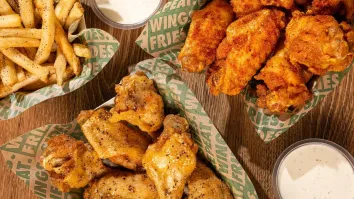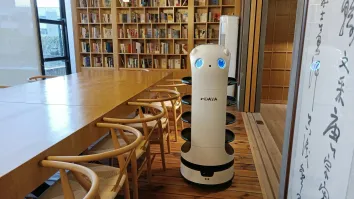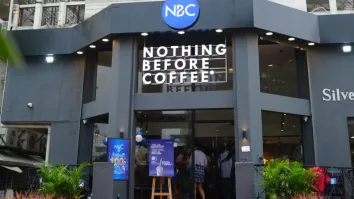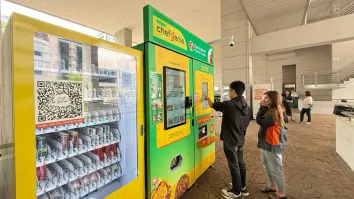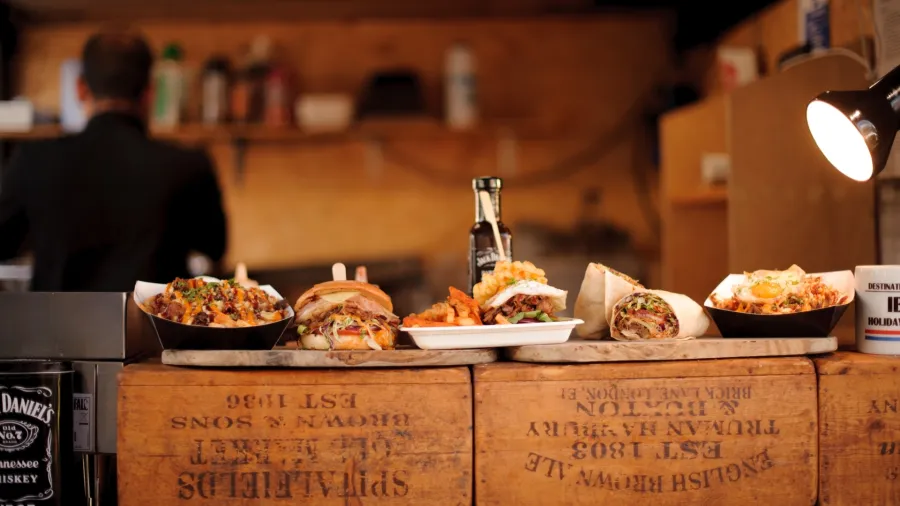
Here’s how the fast food industry in the Asia Pacific is changing
Online ordering is here to stay but QSRs are saying no to food delivery aggregators.
The good news: The QSR industry is growing with overall value sales for Asian quick-service restaurants expecting to reach $430b by 2027 according to a forecast by GlobalData. The bad news? Challenges continue to change how chains operate.
The easing of restrictions, high population density and lifestyle changes are spurring demand for fast food in some Asian markets. This demand is why some operators like McDonald’s, KFC, Pizza Hut, and Subway are ramping up their restaurant and franchise outlets in emerging markets in Asia such as China, India, and Indonesia, Tim Hill, Key Account Director at GlobalData Singapore told QSR Media.
“Through the move to the East, these MNC operators aim to offset the slowdown in North America and Western Europe. Similarly, leading Japanese QSRs are expanding operations across the Asia-Pacific (APAC) region due to declining sales in their home market,” Tim said.
Tim said that multinational QSRs are expanding in Asia and are adopting a ‘glocal’ strategy of thinking globally and acting locally by blending their international ambience and menus with the local culture and cuisine to attract residents. Established operators are expanding their network from the metro and top-tier cities to smaller cities and towns as consumers take back their life.
Challenges persist
In 2022, the Russia-Ukraine conflict, Zero COVID lockdowns in China, and global climate change hit restaurant operators in Asia by disrupting the supply chain
This resulted in restaurant chains like KFC removing some staple offerings from its menu.
“Besides having to reroute raw materials supplies from countries out of the conflict zone, operators are reeling from persistently high inflation in 2023. The high commodity prices and fuel costs are escalating production and transport and shipment costs for operators,” Tim said.
This is also what some suppliers and manufacturers are seeing. According to David Dawson, Commercial Manager of food manufacturer Newly Weds Foods Thailand, supply chain disruptions resulted in food inflation with products like garlic seeing a rise in costs.
“There’s been a lot of challenges and we have come out of the pandemic and a lot of logistic disruptions. Now we have moved on to a different phase, food inflation which started two years ago is continuing. However, we are seeing some easing of that in certain areas for example wheat flour. The second half of this year would probably see reduce costs [in wheat flour],” David said.
Economic headwinds are also coming down for QSRs. According to Deliveroo's Commercial Director, Andy Lo, they noticed consumers are tightening their wallets as most are feeling the cost. Two major trends he has started to see are that more customers are looking for rewards for their loyalty, and the other is looking more for better deals.
This means, more value-for-money menu offerings will become in demand.
“With restaurants hiking menu prices to cover rising input costs, budget-conscious consumers are hunting for economical eateries and cheaper menu offerings. The impact of high inflation is expected to prevail through 2023, before easing off in 2024. QSRs and roadside vendors that offer value-for-money menu offerings are expected to benefit the most from this trend. Through centralized ingredient sourcing, streamlined production and service workflows, and technology upgrades, QSRs are better equipped to manage costs in the fluid scenario,” GlobalData’s Tim said.
Food delivery and takeaways.
Despite easing restrictions, old habits like online ordering will stick.
“Time-crunched consumers who want to avoid spending time prepping meals in the kitchen, and budget-conscious consumers who are hesitant to go out for a restaurant-grade dish will continue to drive demand for food delivery services. This is corroborated by GlobalData’s Q1 2023 Consumer Survey, wherein 42% of Asia-Pacific respondents said that they were starting to or continuing to order takeaway/delivery from restaurants, or are doing so more frequently. In comparison, only 39% of APAC survey respondents said the same about eating out at restaurants,” Tim said
GlobalData projects the overall value sales of food takeaways from QSRs in Asia to rise by 7.4% CAGR over 2022 – 27, outpacing the growth in dine-in revenues.
Another trend is that many QSRs have started to augment and upgrade their own apps. Just recently, Hong Kong operator, Pirata Group launched its own app to act as a ‘one-stop shop’ for all of its 27 restaurants enabling guests to access menus, addresses, maps, opening hours, dining news, promotions and special events.
QSRs are also started to enter event spaces as a way to generate new revenues, especially with in-person events ramping up. In an interview, Australian gourmet burger brand Burgertory mentioned that they even bought a food truck to be present at events in Australia and they are having some positive feedback on that space.
GlobalData also said that drive-thrus and delivery pickup counters to gain more popularity.


